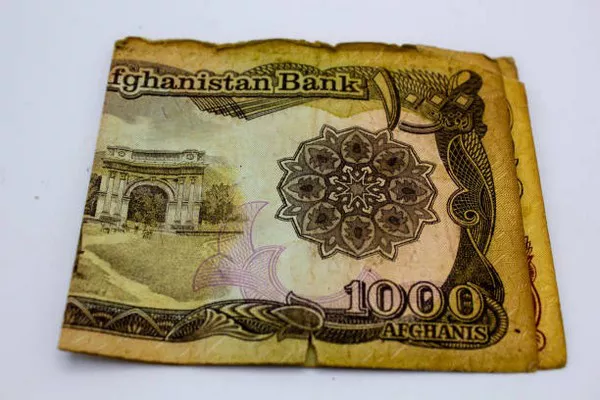In the realm of global economics, the strength of a country’s currency is a multifaceted phenomenon influenced by a myriad of factors. One intriguing case that has drawn attention is the relative strength of the Afghan currency compared to the Indian Rupee. Despite Afghanistan facing numerous challenges, its currency, the Afghan Afghani (AFN), has exhibited a surprising resilience against the Indian Rupee (INR). This article delves into the key factors contributing to the apparent strength of the Afghan currency.
Economic Stability and Foreign Aid:
One crucial factor contributing to the strength of the Afghan currency is the country’s economic stability, supported in part by significant foreign aid. In the aftermath of the geopolitical turmoil and conflict that has plagued Afghanistan for decades, the international community has stepped in to provide financial assistance. This aid has played a pivotal role in stabilizing the Afghan economy and, consequently, its currency.
Unlike Afghanistan, India has a diverse and robust economy, but it also faces a myriad of economic challenges, including fiscal deficits, inflation, and unemployment. The Afghan government’s reliance on foreign aid, particularly from the United States and other Western nations, has shielded its economy from some of the economic pressures that India experiences.
Trade Balance:
Another factor influencing the strength of the Afghan currency is the country’s trade balance. Afghanistan, being a landlocked nation with limited industrial infrastructure, has a relatively low volume of international trade. This has resulted in a trade deficit, meaning that the country imports more goods and services than it exports.
On the other hand, India is a major player in the global market, boasting a diverse array of industries and a substantial export sector. The trade balance of India is often influenced by factors such as global demand for its products, geopolitical events, and fluctuations in commodity prices. While a positive trade balance is generally considered beneficial for a currency’s strength, it also exposes the Indian Rupee to external economic shocks.
Exchange Rate Policies:
The exchange rate policies adopted by both Afghanistan and India also contribute to the observed currency dynamics. Afghanistan has maintained a more stable exchange rate through its fixed exchange rate system. The Afghan Central Bank has actively managed the Afghani’s value by pegging it to the U.S. Dollar. This has provided a degree of certainty for businesses and investors, fostering economic stability.
India, on the other hand, employs a managed float exchange rate system, allowing the Rupee to fluctuate based on market forces. While this approach can lead to a more dynamic and responsive currency value, it also exposes the Rupee to greater volatility, influenced by global economic conditions and market sentiment.
Geopolitical Factors:
Geopolitical considerations play a significant role in determining the strength of a country’s currency. Afghanistan’s strategic position in South Asia, coupled with its geopolitical significance in the context of international security, has garnered support from various nations. This has contributed to a degree of financial stability and confidence in the Afghan economy.
In contrast, India’s geopolitical landscape is characterized by complex relationships with neighboring countries and global economic giants. Geopolitical tensions, trade disputes, and regional conflicts can impact investor confidence and influence the strength of the Indian Rupee.
Conclusion:
While the strength of a currency is a complex interplay of economic, political, and geopolitical factors, Afghanistan’s Afghani has demonstrated unexpected resilience against the Indian Rupee. The combination of foreign aid, a controlled exchange rate system, and limited exposure to global trade dynamics has contributed to the Afghan currency’s apparent strength. Understanding these factors provides insights into the economic landscapes of both nations and sheds light on the intricate forces shaping their respective currencies. As Afghanistan continues to navigate its path to sustainable development, the dynamics of its currency will likely remain a subject of interest for economists and policymakers alike.


